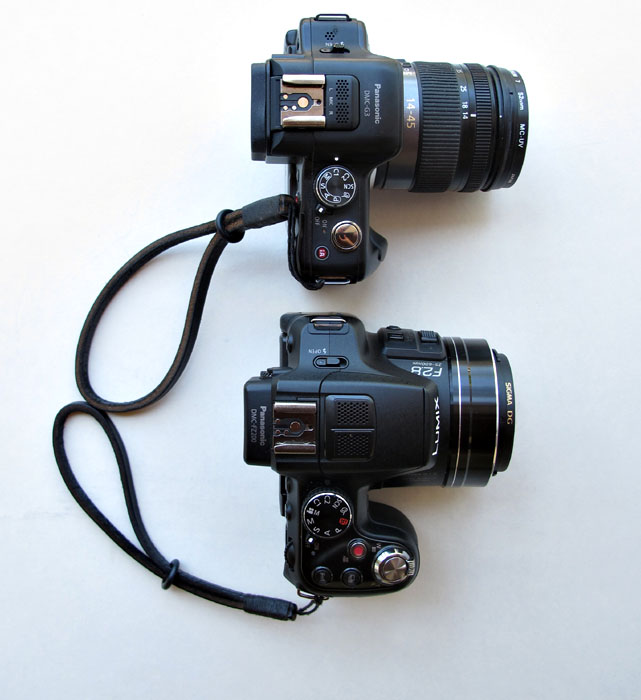
|
|
Panasonic FZ200 25-600mm f/2.8
==Part 1== Mini-Review |

|
|
The Panasonic FZ200 25-600mm f/2.8 (foreground) is similar in size/weight to the Panasonic G3 m4/3 body with the 14-45mm lens attached.
When zoomed out to 600mm, it is a few millimeters shorter than the G3 with the 45-150mm lens zoomed out: 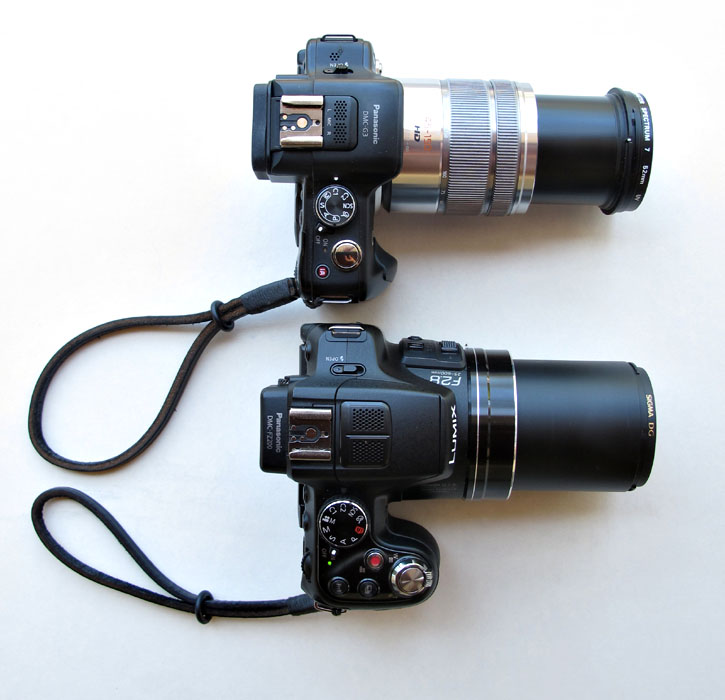
Ergonomics
|
It was a pleasant surprise to discover that the controls of the FZ200 are similar to those of the G3. It has 4 Custom Modes, and an additional Function Button for a total of three. I'm able to set up configurations for my normal shooting situations and not have to access the Menu.
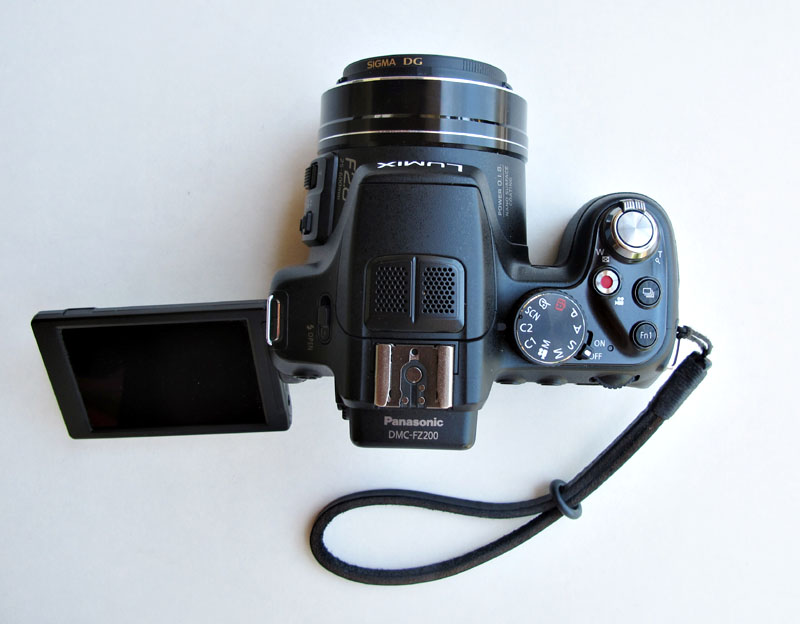

It took just a short time to "memorize" the positions of the various buttons so that I can use them without looking at the camera. A twist-to-lock hood comes with the camera. 
Battery Life The G3 exhausts a battery rather fast, so I'm gratified that the FZ200 battery has a much longer life. Nonetheless, to be safe (!). I purchased a second battery, Wasabi brand, which I've used before. How nice to see it comes with a battery cover! 

Nano Coating From: panasonic.shop "Nano Surface Coating Panasonic's black box technology Nano Surface Coating boasts an extremely low reflectance ratio and allows the DMC-FZ200 to deliver exceptional optical performance with stunning clarity by minimizing flaring and ghosts." Image Here I've been very impressed. Flare is usually easy to see on the LCD, ghosting, not always visible. 
Power O.I.S. Panasonic claims that its Power O.I.S. has "twice the shake suppression capability of Mega O.I.S." Image Here Full Article And again from panasonic.shop: "The POWER O.I.S. (Optical Image Stabilizer) suppresses vibration and hand-shake that happens when you press the shutter button or when shooting at night with a slow shutter speed. The POWER O.I.S. also works for powerful zoom shots, which are especially susceptible to hand-shake. The Active Mode is effective for video recording." Image Here I ususally have to use shutter speeds the equivalent of the reciprocal of the focal length. With the G3 and 45-150mm lense mounted, I'm fortunate to get good results a 1/400 second @300mm. With the FZ200, I'm amazed that @600mm I can get good results at shutter speeds down to 1/80 second. Looking at the LCD with Stabilization OFF, I can see the image shake. Turn it ON and instantly the image stabilizes. I never see this drastic a change with Mega O.I.S. This is certainly a huge step forward in Panasonic's image stabilization technology! 
Zoom Range The FZ200 lens is 4.5mm - 108mm at a constant f/2.8. The crop factor is about 5.56, which gives 25mm - 600mm in 35mm terms. That's an amazing optical feat to maintain a constant f/2.8 throughout such a large zoom range. As my brother pointed out, this is probably the reason for the relatively large 52mm filter size. To demonstrate: 25mm 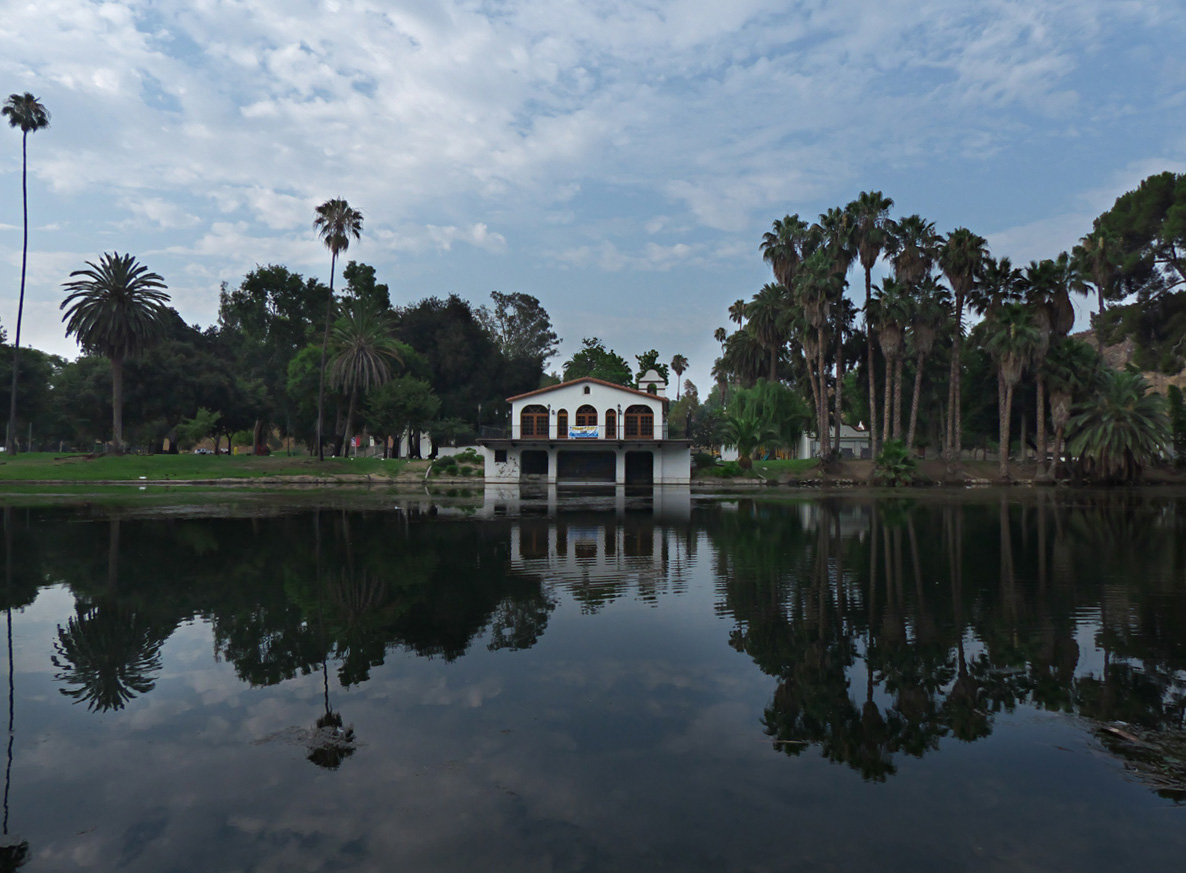
66mm 
600mm 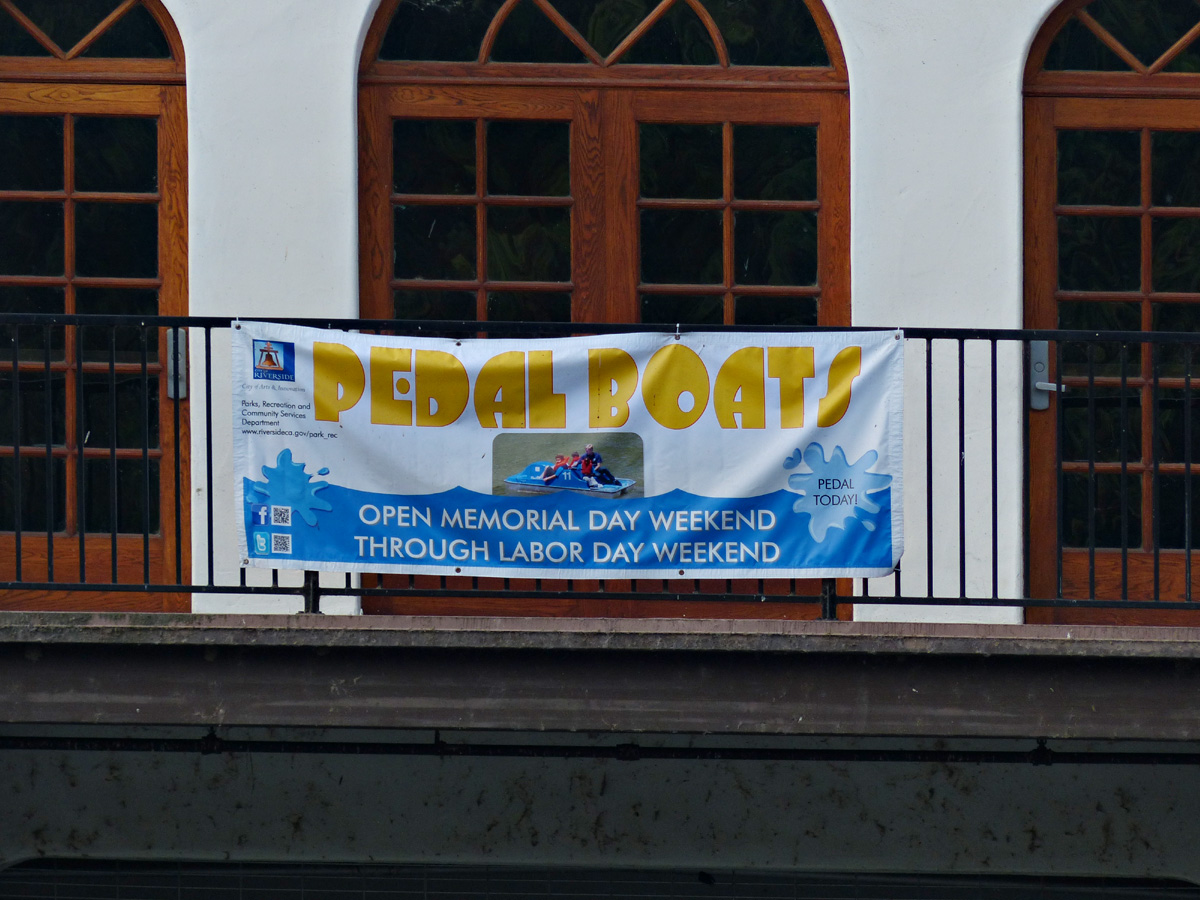

600mm 
25mm 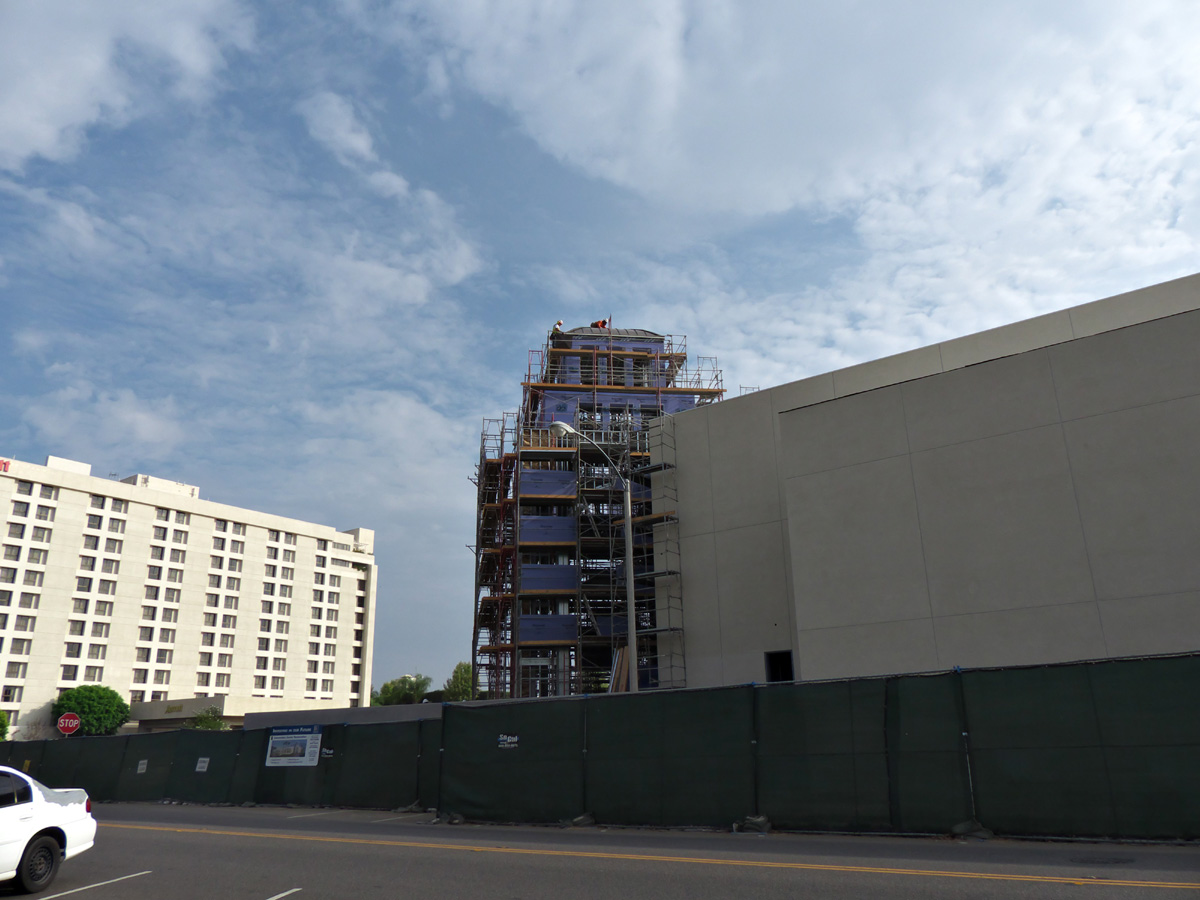
600mm 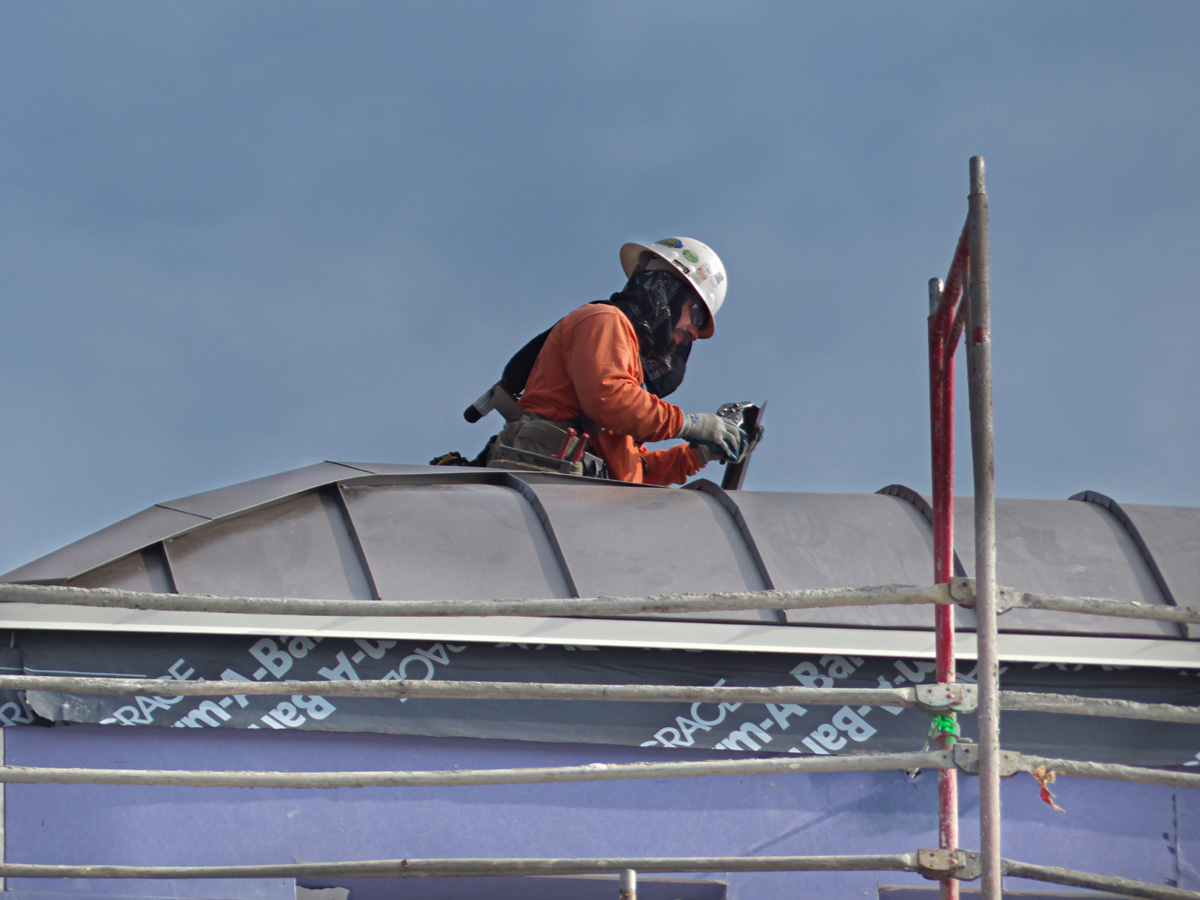

Auto Focus: No Shutter Lag What a treat it was to discover how quickly the FZ200 focuses and captures the scene. I have been able to time action shots to the exact moment: 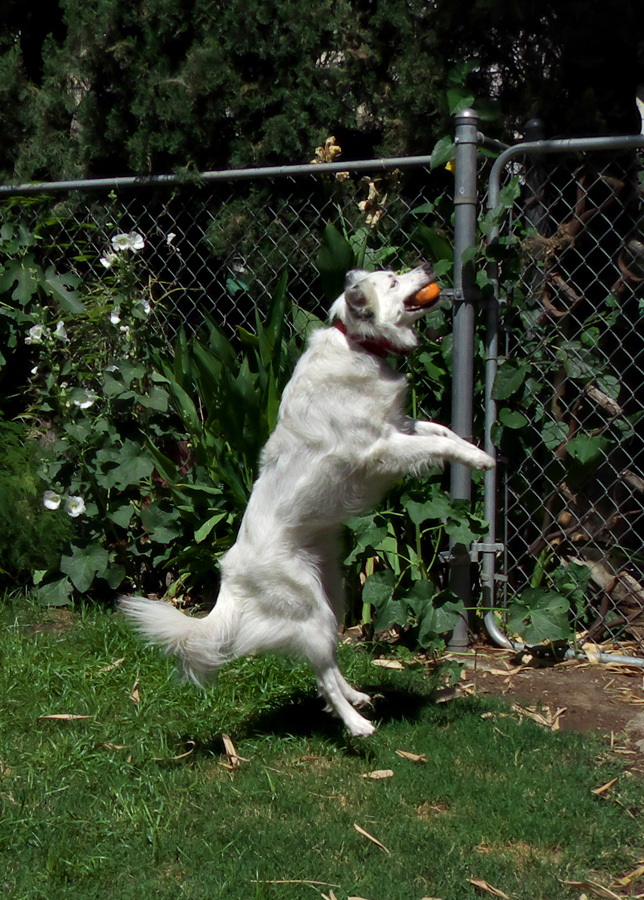
 
Flash The on-board flash is one of the best I've had on any camera. I attribute it to an improved flash sensor. In addition to outdoor flash fill, I find flash useful for photographing flowers that open at night: Echinopsis sp.  Palo Verde Flower Parkinsonia aculeata 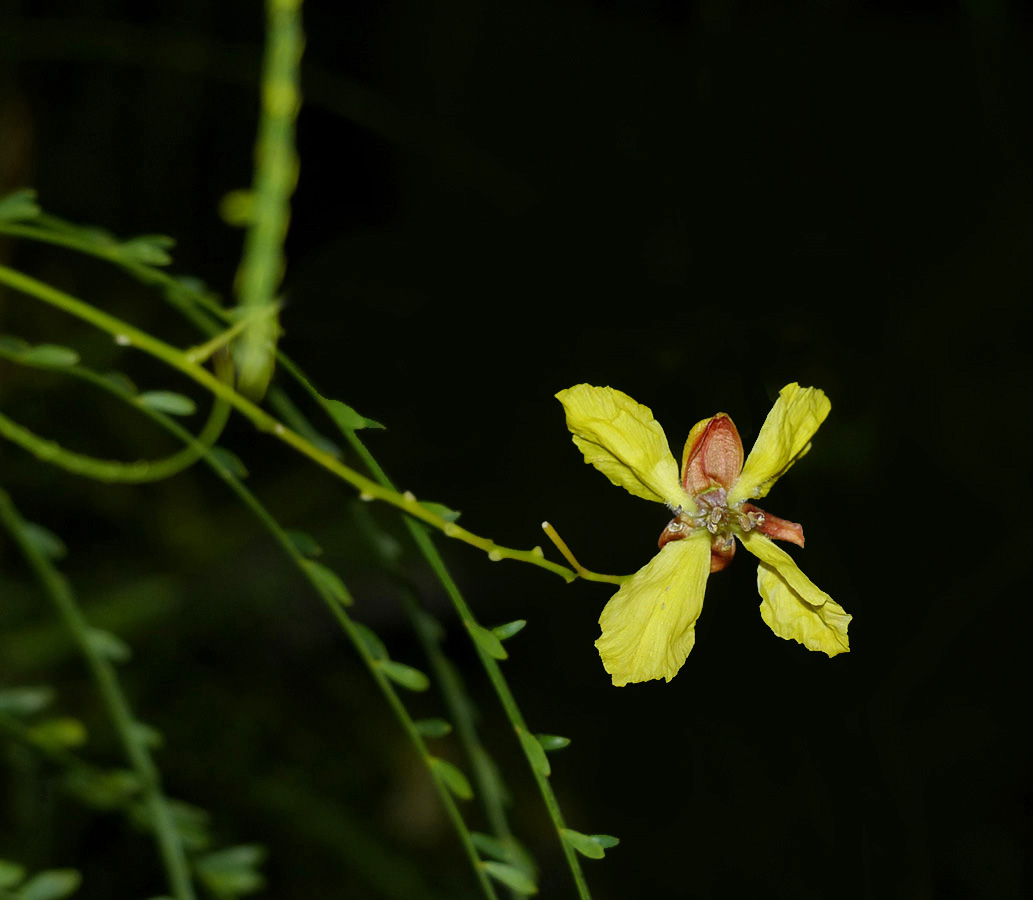 Tecamara Capensis  Focusing in almost darkness was slower, but very accurate. I don't normally use flash indoors, nor for photographing people, so I haven't tested those situations. 
Macro Mode That is a misnomer, of course, since true Macrophotography is 1:1 or greater. "Macro" on zoom lenses usually means "closeup," where the optics shift to permit focusing closer than the specified minimum distance. However, the magnification falls short of 1:1. The FZ200 at the wide end will focus to 1cm. However, this is not always practical, since the lens can block light. Here, I focused to just under 1" (image not cropped): 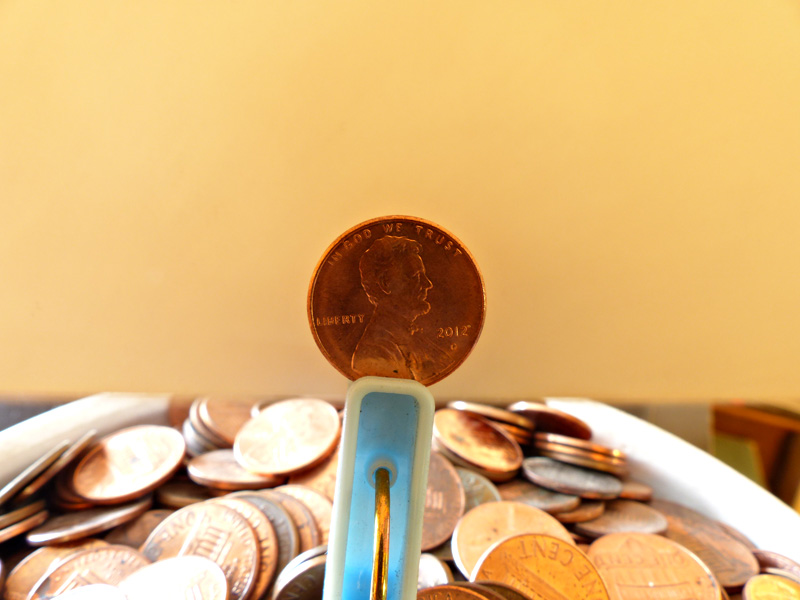 Zoomed all the way out to 600mm, the FZ200 will focus as close as 3.3': 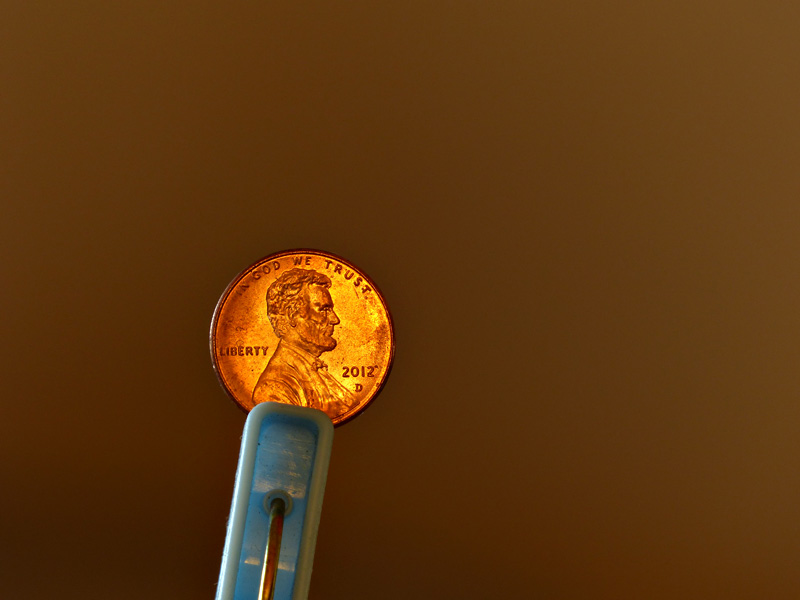 I could not find the magnification specifications. My guess is that it's about .3:1 to .5:1. A close up lens is required to achieve true macro. I use a Nikon 6T 2-element achromatic lens. The 6T is 2.9 diopters, resulting in a magnification of 1.87:1 at 600mm with a working distance of about 1 foot (full size, no crop):  This is much more magnification than I need, since my interest is flowers, not insects. The working distance is ideal for flowers: not too close that the lens blocks light. The above were taken in AF Macro Mode. The AF-AF Macro-MF switch is conveniently located on the left side of the lens barrel. Manual focusing is fairly simple when I use the Nikon 6T. My technique is to zoom all the way out; move forward to within 1 foot watching the object come into focus on the LCD; press the Side Lever to bring up the magnification box; move back and forth until the image appears sharp; press the Focus Button which "locks" the focus; then click. This use of the Focus Button in MF mode is a wonderful feature, and simplifies life greatly! This is discussed on p. 101: "Technique for Manual Focus" in the Owner's Manual for advanced features (PDF). A separate focusing ring would be nice... Using a Custom Mode configured for Macro Photography, I can use a Function Button to assign the Side Lever to "Focus." (pp. 57; 99 in the Advanced Manual). Very convenient! Each of the 3 Function Buttons can be separately configured for each of the 4 Custom Modes, in effect giving the user 12 Function Buttons! 
Conclusion The FZ200 is a marvellous photographic tool which affords many customized features. I've touched only on those I use on a regular basis. This is not my first small sensor camera, and like any tool, one needs to be aware of its capabilities and limitations and work accordingly. |
| Go to Part 2: Photographs |
| Go to Part 3: Aperture test |
| Go to Part 4: Photographs of Critters |
| Go to Part 5: Photographs of People |
| Go to Part 6: Miscellaneous |
| Go to Part 7: 600mm |